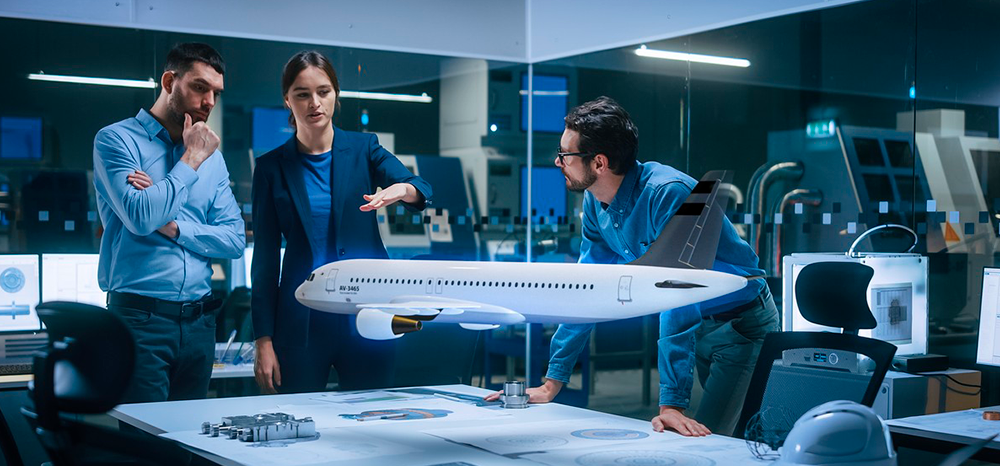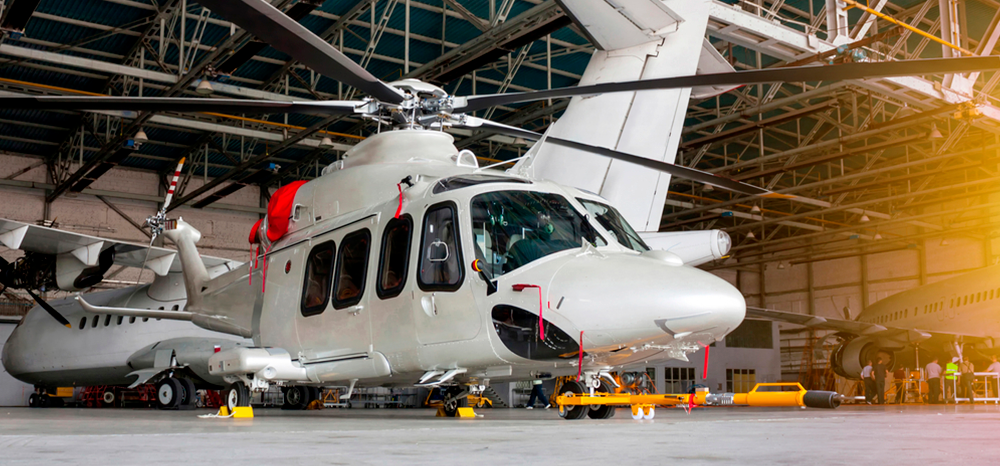Digitalization is transforming aircraft maintenance by introducing technologies that optimize processes and enhance operational efficiency. A prominent trend is predictive maintenance, which leverages artificial intelligence (AI) and data analytics to anticipate potential component failures. This approach enables scheduling interventions before breakdowns occur, thereby reducing downtime and operating costs.
Another key innovation is the use of augmented reality (AR) and virtual reality (VR) in maintenance tasks. These technologies allow technicians to visualize detailed instructions overlaid on real equipment, minimizing errors and accelerating repair times. Additionally, AR and VR are employed in personnel training, providing complex scenario simulations in a safe and controlled environment.
The integration of the Internet of Things (IoT) in aircraft maintenance is also on the rise. Through connected sensors, various aircraft parameters are monitored in real time, enabling continuous supervision and early detection of anomalies. This connectivity enhances safety and operational reliability by allowing rapid responses to potential issues.
The benefits of digitalization in aircraft maintenance are significant. The adoption of these technologies leads to greater efficiency, cost reduction, and improved operational safety. Furthermore, it enables more effective resource management and optimized maintenance planning, ensuring the availability and reliability of aircraft in service.














